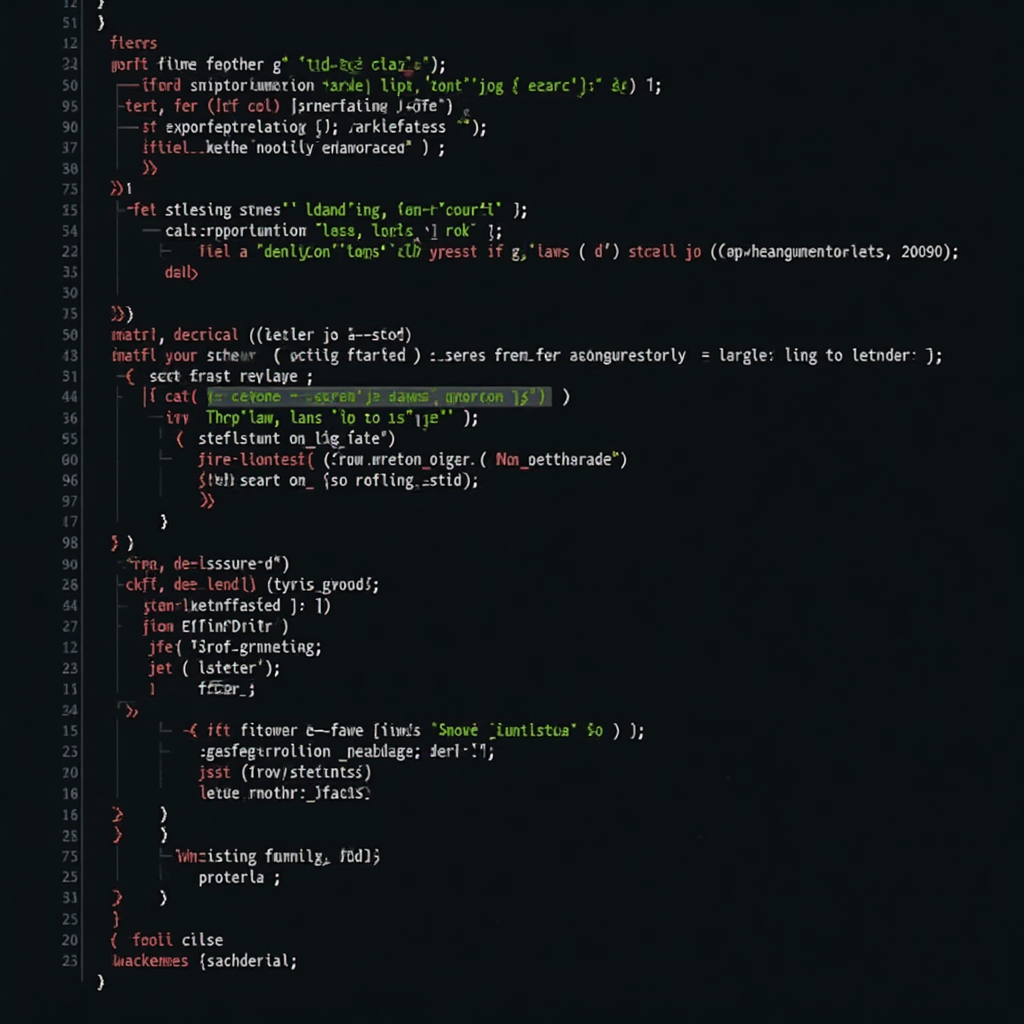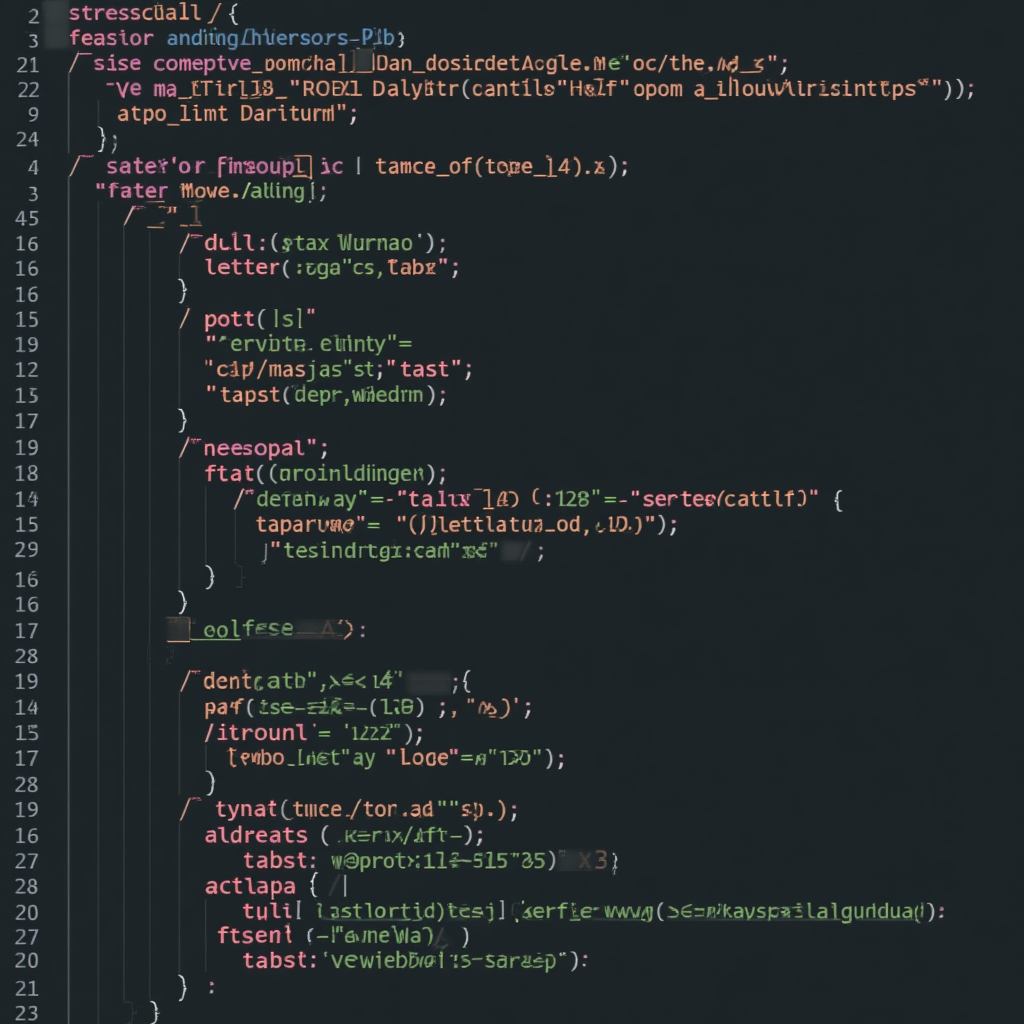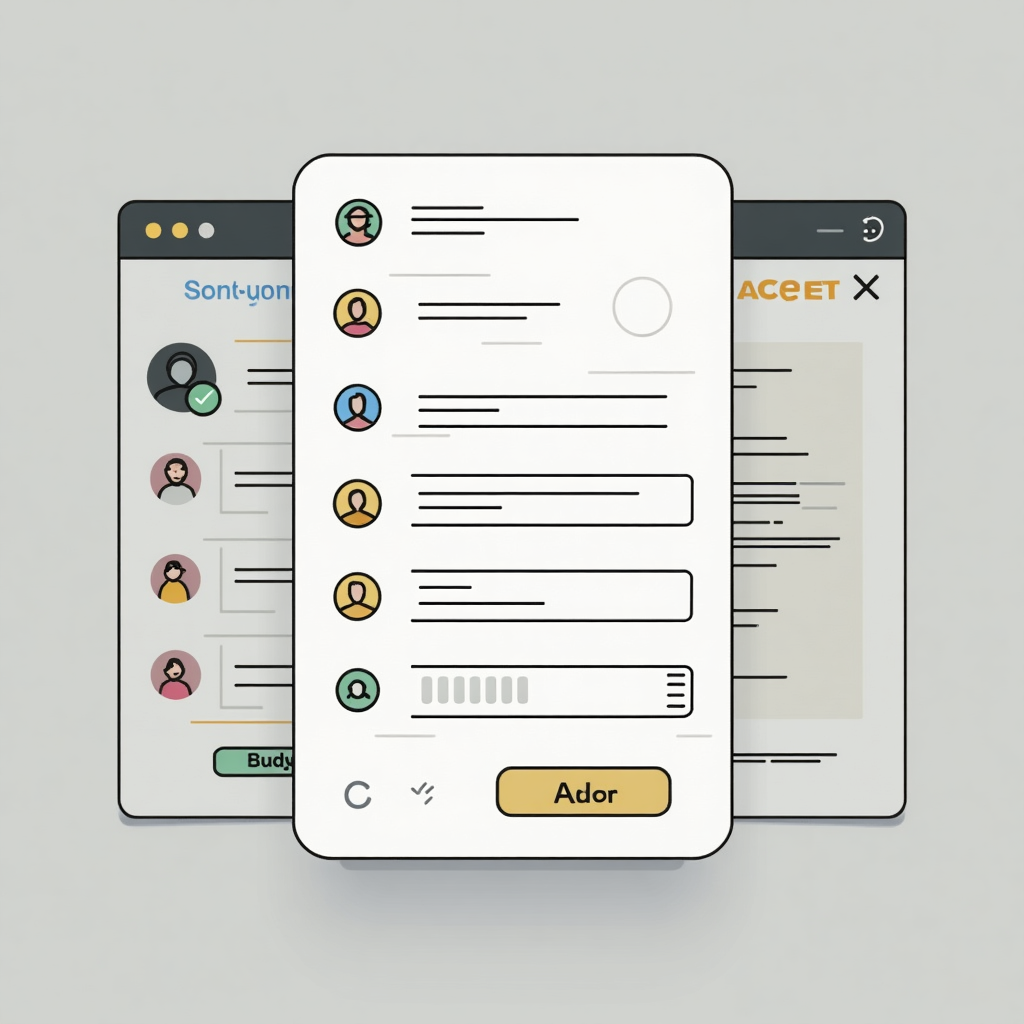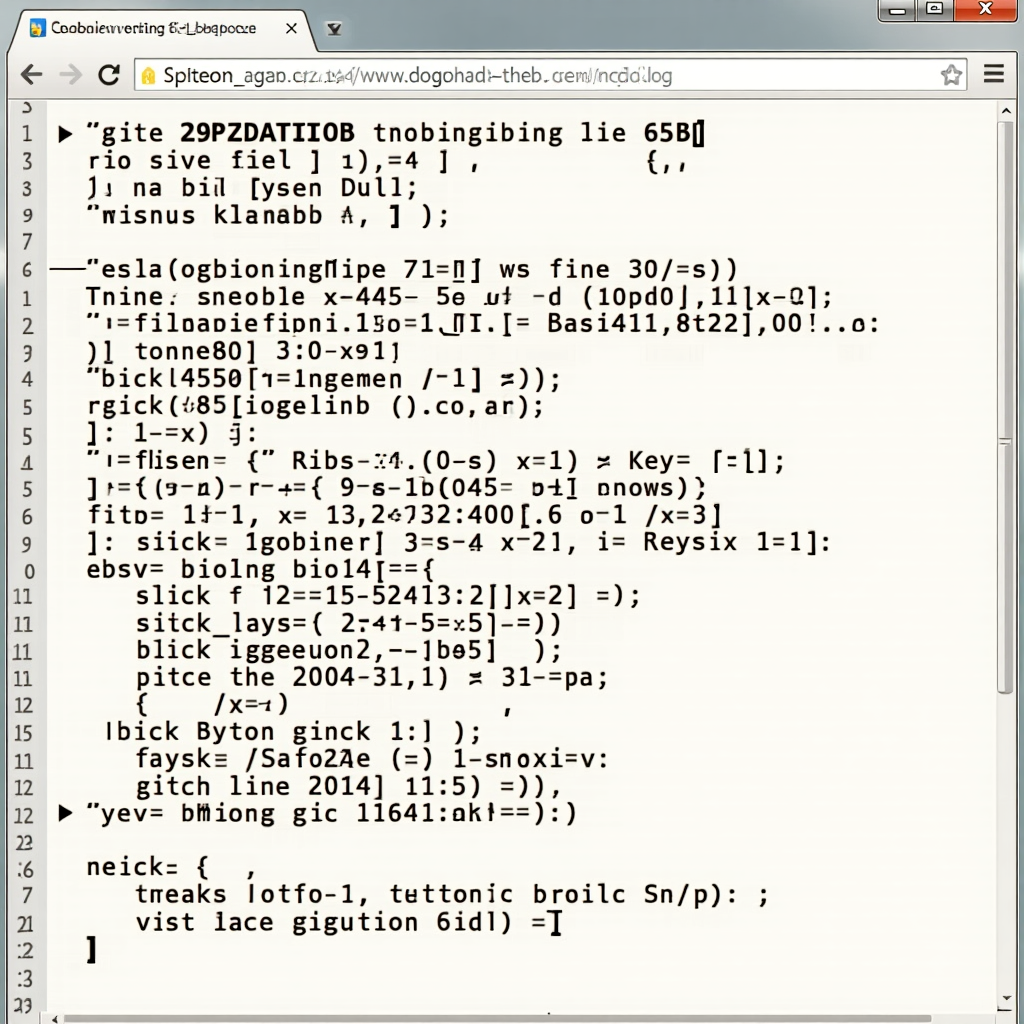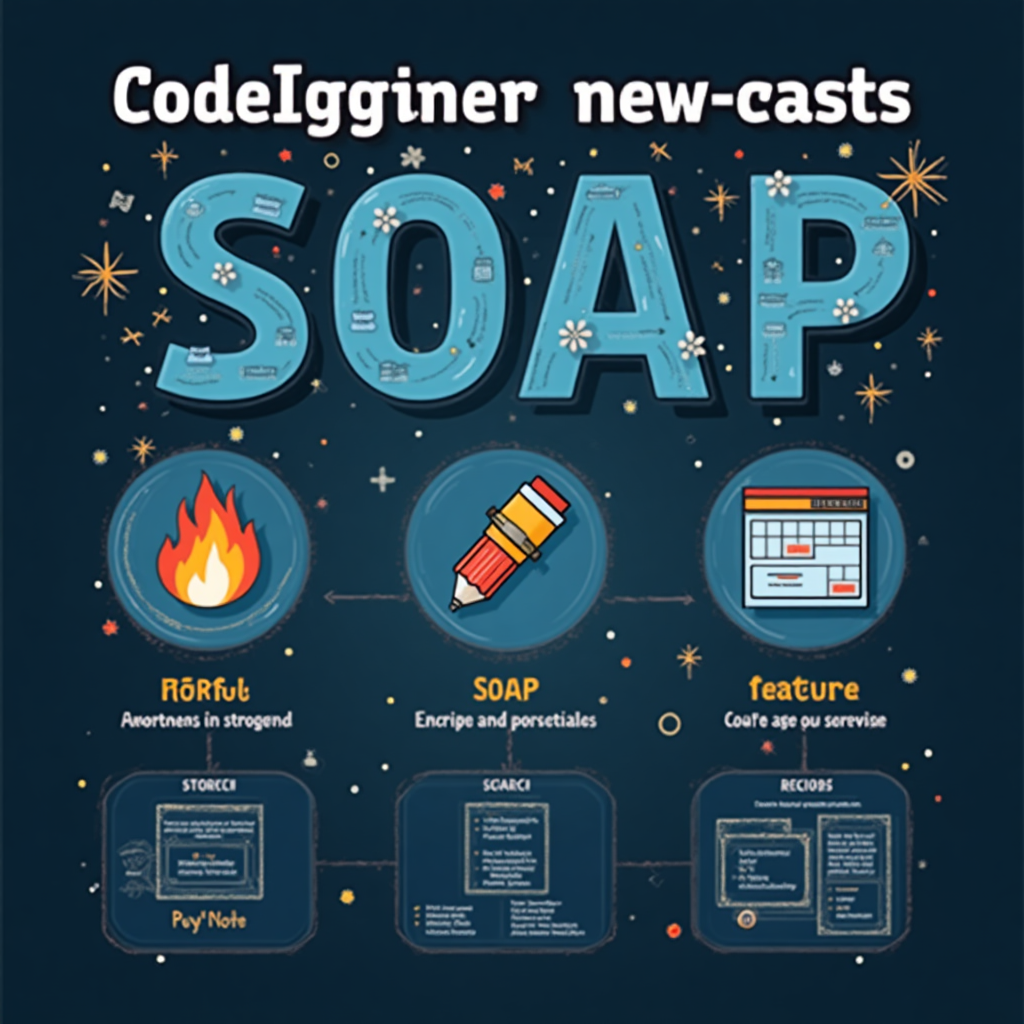Why URL Routing Optimization is Critical in CodeIgniter
URL routing optimization in CodeIgniter improves application performance and security. It involves creating clean, readable URLs that are easy to manage and maintain. By optimizing routes, developers can reduce the risk of URL manipulation and improve user experience. CodeIgniter provides a robust routing system, allowing for custom routing rules and URL rewriting. Optimized routing also enhances search engine optimization and makes the application more scalable. By leveraging CodeIgniter’s routing features, developers can create efficient, secure, and user-friendly applications. This results in better overall application performance and a positive user experience. Routing matters for a website’s success.
Why URL Routing Optimization is Critical in CodeIgniter Read Post »

